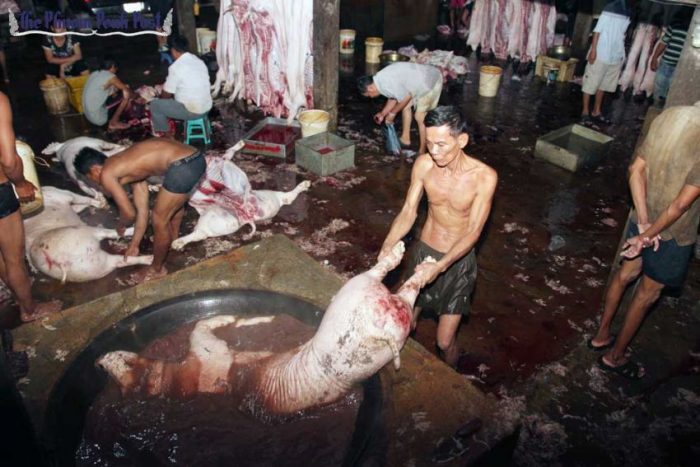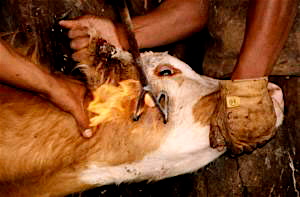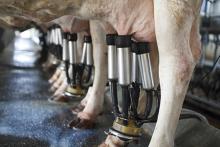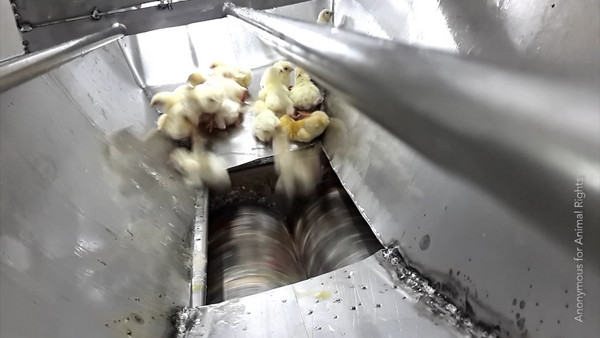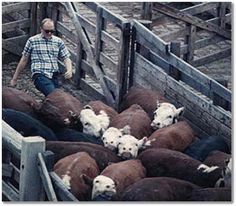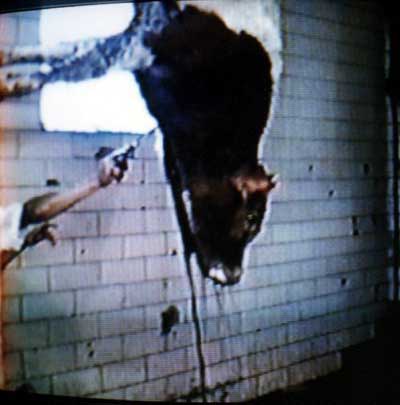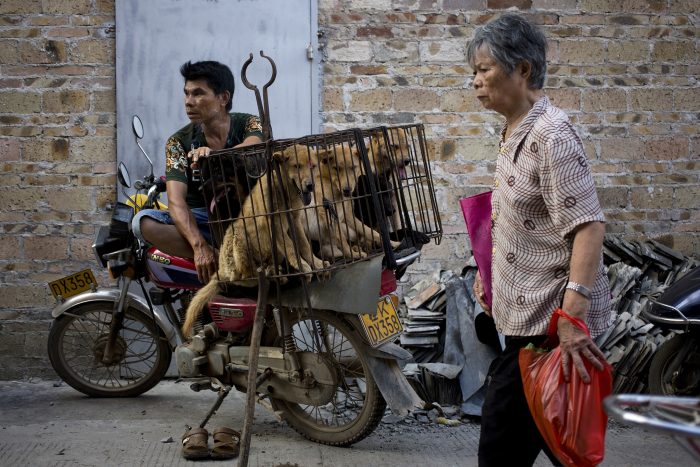Meat and Your Health
It is scary to think that the meat trade is booming when modern science proves not eating meat or other animal produce such as dairy, is a much healthier and less risky way to live.
As far back as 1961, the Journal of the American Medical Association reported that a vegetarian diet could prevent 90-97% of heart diseases. There is also a strong link between consumption of meat and bowel cancer.
Scotland in the UK eats a large amount of meat, much of it processed`, and it has the highest rate of bowel cancer in the world.
The kidneys of the meat-eater has to work three times harder than the kidneys of the vegetarian, putting more pressure on that organ.
In addition, when people think they are eating one type of meat, it can actually be a different type of meat that is cheaper to produce. This was discovered during the UK’s horse meat scandal. This as where horse meat was being labelled as beef and sold to millions of unsuspecting customers through well known and trusted retailers all over the UK. The retailers were oblivious to what was happening.
Image: “Up to 50,000 horses “disappeared” across Europe and probably ended up in our food during the 2013 horsemeat scandal.” said Professor Chris Elliott, leading food safety expert. Source

Furthermore, meat truck drivers have told of how, when meat is rejected by one retailer because of its sub-standard condition when delivered, it is simply offered to another retailer, and another, until it is accepted. There, it is packed and sold to the public. The drivers also revealed that the meat is often unlabelled and not identifiable as one particular type of meat, and it’s packaging is so poor that it is exposed to a whole host of dangerous germs and contamination.
Records from investigations show meat packers often marinate rotten meat to disguise the smell.
A 2011 study published in the journal Clinical Infectious Diseases found that half of the U.S. supermarket meat sampled contained staph infection bacteria, including the hard-to-kill MRSA. Turkey products were most likely to harbor staph bacteria, followed by pork and chicken products. MRSA kills more people than AIDS. Beef burgers can contain bacteria from 1000 different cows.
Lazy employees leave hair, ear canal debris, and teeth in products.
Chicken and ham are soaked in chlorine baths to remove odour, and red dye is added to beef to make it appear fresh when it is not.
Another method used is carbon monoxide treatment. This toxic practice makes seriously decayed meat look fresh for weeks.
Image: Decaying meat made to look fresh with carbon monoxide treatment, an FDA approved treatment. Source

Contaminated meats from slaughter houses, legal or illegal, and from the illegal Bush Meat industry, can be dangerous. All meat is contaminated before being cooked, and if not cooked properly, remains contaminated. This contamination can lead to devastating health problems for humans.
Fact: American animals raised for meat eat more than 30 million pounds of antibiotics a year, even though they are perfectly healthy. Most supermarket meat today comes from operations that routinely feed animals antibiotics. This creates dangerous strains of hard-to-kill superbugs. It is thought that the consumption animal produce is a main reason that humans are becoming so resistant to anti-biotics. Food animals raised in North Carolina alone ingest more antibiotics each year than the entire American public. Antibiotics are needed because the animals treatment and their filthy, confined conditions stress them to the point where their immune systems are depleted. The drugs are given to farm animals to help speed their growth, as stress slows their growth. This all means that when the animals actually need them when they are ill, they are resistant. This is also the case with humans who consume the drugged meat.
Fact: Prozac may have been part of your chicken’s diet. In 2012, Johns Hopkins University study studied the feathers of imported chickens to figure out what the birds ingested before slaughter. They found traces of antidepressants, painkillers, banned antibiotics, and allergy medication. According to scientists, Prozac is sometimes used to offset anxiety common in factory farm conditions. (Stress can slow birds’ growth, hurting profits.) Scientists also uncovered caffeine in about 50 percent of samples taken. Why? Caffeine keeps chickens awake so they can grow faster.
Fact: You could be eating animal worming medication. The U.S. Department of Agriculture discovered traces of harmful veterinary drugs and heavy metals in U.S. beef, including:
- Ivermectin, an animal wormer that can cause neurological damage in humans.
- Flunixin, a veterinary drug that can cause kidney damage, stomach, and colon ulcers, as well as blood in the stool of humans.
- Penicillin, a drug that can cause life-threatening reactions in people who are allergic to it.
- Arsenic, a known carcinogen that is allowed in some nonorganic animal feeding operations. (It is commonly fed to chickens, and chicken litter, or faeces, is sometimes fed to feedlot cattle — and the majority of supermarket and fast-food beef in this country comes from feedlot operations.)
- Copper, that is harmful when too much accumulates in our bodies.
Fact: The majority of beef is likely to harbor deadly E. coli germs. It’s natural for cows to eat grass, but not grains. Still, most cows today chomp down lots of grain to speed growth. This changes the natural chemistry in a cow’s gut, making it easier for potentially deadly E. coli O157:H7 strain to survive.
World Starvation is also connected to meat production. If the USA stopped feeding grain to cattle, Half a Billion people could be fed the excess grain – life saving food for nations such as Africa.
Image: World hunger is linked to animal agriculture. Source
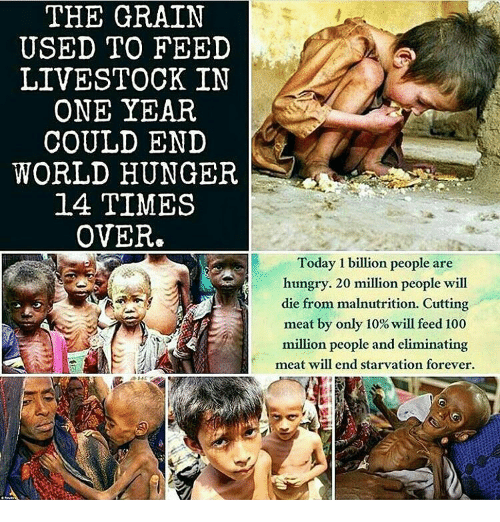
Fact: Chicken could be fueling urinary tract infections. Investigating disease-causing bacteria on grocery store meat and comparing it to urine samples of women diagnosed with UTIs, researchers found that in 71 percent of cases, the E. coli bacteria collected from women with UTIs matched the strain detected on supermarket chicken. “People are eating a lot more chicken because it’s often perceived as healthier,” says Amy Manges, PhD, associate professor in the department of epidemiology, biostatistics and occupational health at McGill University in Montreal. “But what people don’t realize is that chicken is pretty heavily contaminated with bacteria in general, and those bacteria tend to be drug resistant.”
Fact: All the antibiotics that are pumped into cattle, and other modern-day farming practices, lead to tough, chewy steaks, says Sarah Klein, a senior attorney in the food-safety program at Center for Science in the Public Interest. So, increasingly, slaughterhouses have adopted the process of mechanically tenderizing steaks and other high-quality cuts of beef. Doing so involves driving blades and needles into steak — which in turn, drive any bacteria living on the surface of a steak deep into the flesh. When you get an undercooked steak, for instance, if you like to order yours rare or medium, all that bacteria inside the meat is still alive, whereas before, it would have been seared off when the outside was cooked, she says. More than half of the 82 outbreaks linked to steak in the past ten years can be linked to E. coli, a bacterium that’s usually only found on the exterior of whole cuts of meat.
Fact: Increasingly, slaughterhouses have adopted the process of mechanically tenderising steaks and other
high-quality cuts of beef. Doing so involves driving blades and needles into steak — which in turn, drive any bacteria living on the surface of a steak deep into the flesh. This is because all the antibiotics that are pumped into cattle, and other modern-day farming practices, lead to tough, chewy meat, says Sarah Klein, a senior attorney in the food-safety program at Center for Science in the Public Interest. When your meat is cooked, it has to be 75 degrees centigrade in the centre, otherwise all that bacteria that has been pushed in to the centre of the meat is still alive. More than half of the 82 outbreaks linked to steak in the past ten years can be definitively linked to E. coli. Meat packaging does not tell you whether the meat has been mechanically tenderised or not.
(Credit: Rodale News – Yahoo Health)
Facts such as these are widely known, but people choose to ignore them, just as they ignore the horrific suffering that happens in slaughter houses and throughout the meat industry.
Image: Lamb to be injected with antibiotics. Source
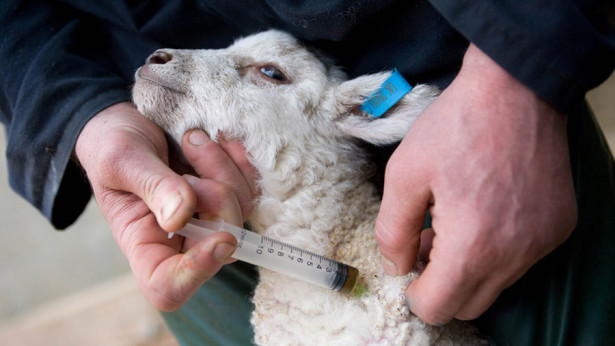
Return to the Table of Contents
